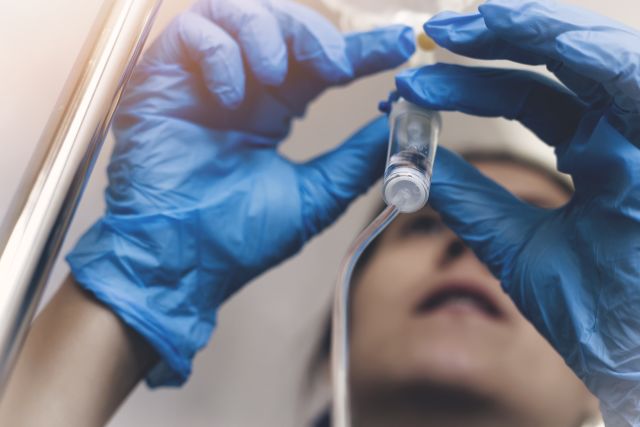Hodgkin lymphoma is a type of cancer that begins in the body’s lymphatic system, a network of vessels and organs that perform many vital functions, including transporting white blood cells throughout the body to fight potentially harmful invaders. Classical Hodgkin lymphoma (cHL) is the most common form of Hodgkin lymphoma.
The majority of people who are diagnosed with cHL are able to achieve remission and control of the disease with their initial treatment. However, this type of cancer can recur. In order to prevent a recurrence of cHL, your healthcare team may recommend a consolidation therapy.
What is consolidation therapy?
Consolidation therapy refers to therapy that helps prevent cancer from coming back after initial treatment. Consolidation therapy is also known as intensification therapy and post-remission therapy.
Do you need consolidation therapy?
Certain characteristics of classical Hodgkin lymphoma may suggest that relapse is more likely. These can include fever, drenching night sweats, and unexplained weight loss (which are commonly referred to as B symptoms). The presence of large chest masses (called bulky disease), masses located outside the lymph system, and high levels of inflammation markers in the body may also suggest that relapse is more likely.
However, as with other aspects of treating cHL, the choice to use a consolidation therapy is one each person must make with the guidance of their healthcare team. No two cases of cHL are exactly alike and treatment is different for everyone.
What treatments are used for consolidation therapy?
The choice of consolidation therapy for cHL will depend on your initial therapy and how well you responded to it. Therapies that may be considered for consolidation therapy include chemotherapy drugs, radiation therapy, stem cell transplants, immunotherapy, and targeted therapies. In some cases, a treatment may be used on its own. In other cases, several treatments may be used in combination with one another.
Relapses and recurrence of cHL are not uncommon. Follow-up care is an essential part of treatment. Follow-up care refers to the appointments, exams, scans (such as X-rays, PET scans, and CT scans), and therapies that follow your initial treatment. Typically, a person with cHL will continue to see their healthcare team every few months for several years.
If you or a loved one is currently diagnosed or being treated for cHL, keep working with your healthcare team.







